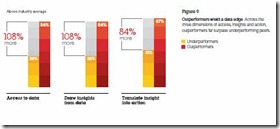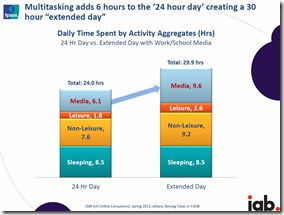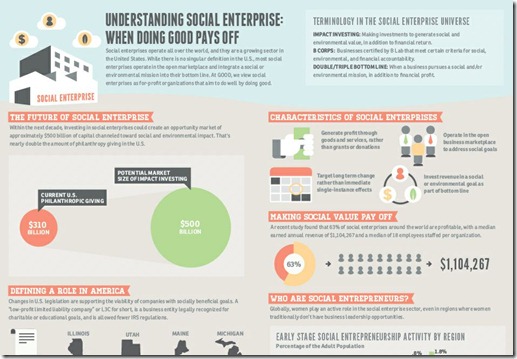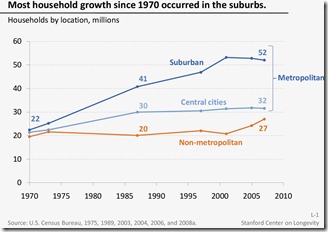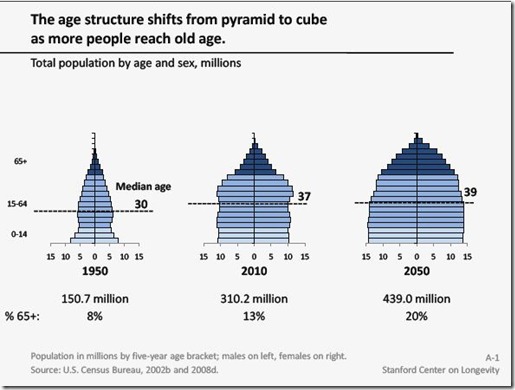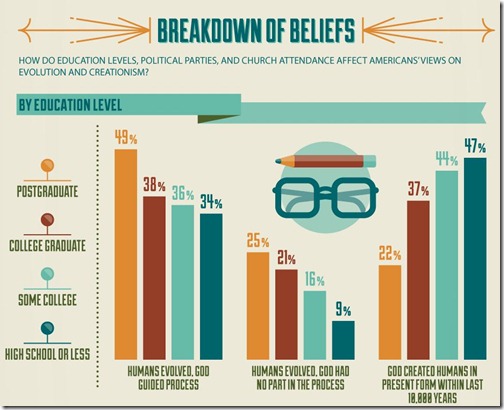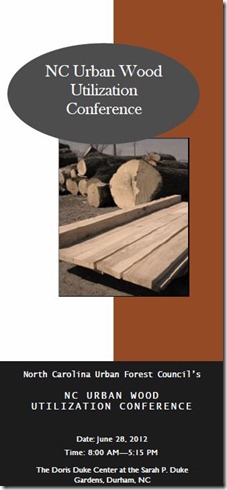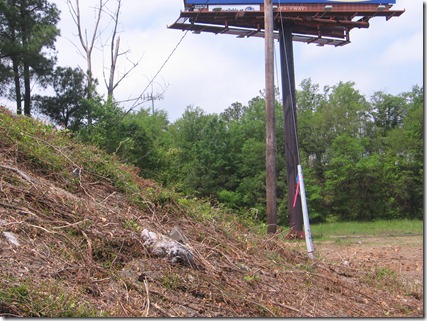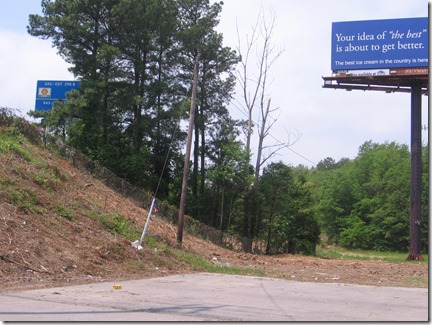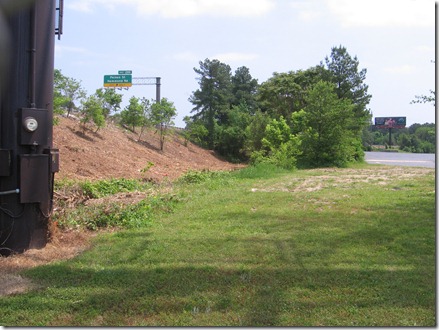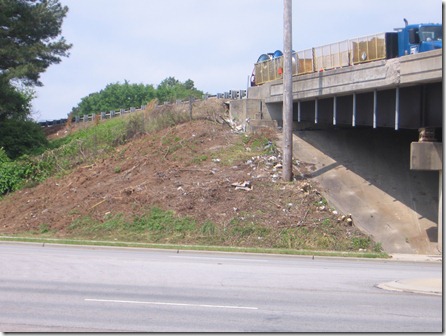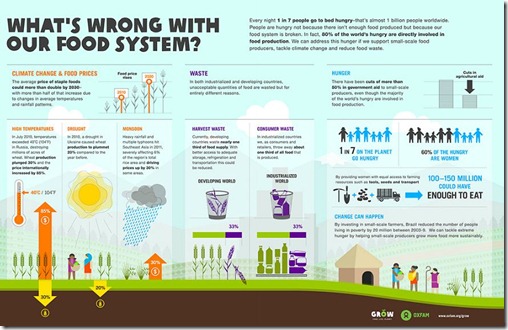Community or state destination marketing organizations (DMOs) that still utilize huge, outdoor, static billboards need to consider whether it is ethical to use a medium that desecrates the places and homes and neighborhoods from which they hope to draw their visitors.
If not deemed unethical, at the very least the use of roadside billboards violates “sustainability” which is one of the three pillars of today’s values-based marketing, aka “marketing 3.0.”
If marketing intelligence suggests advertising as a part of the marketing mix for a DMO and outdoor advertising is somehow unavoidable, there are about 100 alternative formats to consider instead of using roadside billboards.
While the alternatives may still raise the issue of visual pollution in general, they do not require clear cutting 250,000 acres of roadside trees and vegetation nationwide, nor do these alternatives always violate the inherent right to a view by those using public roadways.
Using revenue as a guide, roadside billboards are now only 65% of outdoor advertising, which is now more accurately referred to as “out-of-home” advertising since much of it is not really outdoors.
Growth projections for out of home advertising often mask the fact that revenues for static roadside billboards have been down or barely flat over the last decade despite huge investments in and campaign contributions to secure the use of digital “enhancements” to these structures.
Beginning in the mid-1990s, the community-destination marketing organization for Durham, NC where I worked until retiring a few years ago, was the first to begin using eye-tracking by Perception Research Services (PRS) to ensure the effectiveness of its ad designs and layouts. Today that service also includes measuring the emotive power of an ad by tracking facial expressions.
Although tempted from time to time and even pressured once by a devotee, the policy of that organization has always been to avoid using static, roadside billboards both because they destroy trees and blight quality of place bit also because Durham’s 1984 ban on billboards made it seem hypocritical to turn around and deploy them for advertising in other locations from which we pursued visitors.
PRS has determined that some outdoor or out-of-home alternatives such as mobile advertising wraps on trucks, cars and other vehicles are 96% more effective than traditional static outdoor billboards and they generate 2.5 times more attention. And they don’t require even one tree to be cut down.
In my opinion, two of the most basic rules of marketing today are 1) Don’t piss off more people than you inspire and 2) Do no harm. Advertisers still using roadside billboard and the legislative enablers who permit the desecration they create are in violation of both principles.
In the words of marketer Scott Goodson, “instead of attempting to persuade people…marketers must try to tap into what it is that people already believe and care about.” Overwhelmingly, research shows that people value roadside trees, vegetation and views more than advertising on billboards.
Marketing, according to Goodson, is now more about sharing what people care about than selling; and I believe community or state destination marketing is, at its essence, movement marketing.
Marketers who still use roadside billboards may find interesting the perspectives of Philip Kotler and Hermawan Kartajaya. They define “marketing 1.0” as the way it was practiced during the industrial age when it was all about selling products without concern for what the customer needed or wanted.
Back then as it still is for many marketers now, the activity of marketing was “considered as mere selling, an art of persuasion, and even cheating.”
The information age ushered in “marketing 2.0” with its focus on helping customers find what they need and want even if it ends up not being what the marketer is offering. This was what I practiced during the first part of my now-concluded 40-career as a community-destination marketing executive.
Kotler and Kartajaya define marketing today as the “human-centric era” or marketing 3.0, where customers are “treated as human beings who are active, anxious, and creative” and where sustainability is a core value and customers actively help shape the product or destination being marketed to them.
It could be that Jonah Sachs is defining “marketing 4.0” or at the very least 3.5 when he writes in his soon-to-be-released book Winning The Story Wars about “empowerment marketing.” It isn’t a stretch to believe, as I do, that advertising should empower not desecrate the sense-of-place in communities and states where it is placed and viewed.
There is no place for the desecration marketing via roadside billboards in the age of human-centric empowerment marketing.
Two business school professors at Brooklyn College lamentably prophesied in a 2009 issue of the American Journal of Business that
“Corinthian-pillared buildings, gothic archways, monuments, and colossal skyscrapers once defined the architectural landscape of our cities.
Today outdoor advertising overpowers those landmark giants in cities in which we live and work, as advertisers find it progressively more difficult to reach people through other media.
Gargantuan billboards and other manifestations of this industry make this metamorphosis possible in urban and rural areas.”
When the authors of that article, professors Lopez-Pumarejo and Bassell, noted that outdoor or out-of-home advertising may be the “…only unavoidable realm from which to reach progressively elusive consumers…” they may have been referring to calculations which show that we are each bombarded now with and turned off by an average of 5,000 (soon to be 10,000) advertising images each day.
That clutter is up from just 500 a day in the 1970s when I first became a DMO exec, according to Dr. J. Walker Smith, now executive chairman of the global board for The Futures Company during a 2009 CBS Sunday Morning interview when he was president of Yankalovich Consumer Research during its merger.
Locked in an arms race according to Smith, it appears to me that even advertisers who know this clutter is driving the well-documented and dramatic decline in the effectiveness of advertising don’t seem to know how to stop the self-destructive implosion of this one element of marketing.
The responsibility should weigh even more heavily on those who market states and cities. As Ed McMahon asked in an essay two months ago in Urbanland: “Do you want the character of your city to shape the new development, or do you want the new development to shape the character of the city?”
Maybe a corollary for community and state marketers should be - do you want the character of your community or state and the places of origin of its visitors to be reflected in the sustainability of the marketing decisions you make? or do you want to enable visual pollution and let desecration such as billboards create define the character of your city or state?
If the answer is the former, start by making sure the marketing you practice lives up to the responsibility to curate and guard sense-of-place both in the places you represent as well as in the places from which you hope to draw travelers.
